The Greater Cleveland Regional Transit Authority (GCRTA) has issued a request for proposals (RFP) for the replacement of its four-decade-old rail fleet with a standardized type of train that offers greater efficiencies and operating flexibilities. The first new trains could arrive in Cleveland by early 2024.
Rail and transit advocacy groups like All Aboard Ohio have been advocating for years that GCRTA’s new light-rail vehicles (LRVs) should do what its previous trains could not go anywhere on Greater Cleveland’s 38-mile rail system. That includes any future rail lines or extensions like a recently proposed Downtown Loop.
The new trains, the first order of which would total 18 vehicles, will replace GCRTA heavy-rail vehicles (HRVs) that operate on the Airport-Windermere Red Line. Future orders, depending on the availability of additional funding, will replace GCRTA LRVs operating on the (Waterfront-Shaker Heights) Blue and Green lines.
Up to 42 additional LRVs could be ordered to replace GCRTA’s existing LRVs and, someday, possibly accommodate expansion of the three-route rail network that carries one out of five riders in the countywide, 54-route bus and rail transit system.
“It’s a great day for Greater Clevelanders, said Stu Nicholson, executive director of All Aboard Ohio. “We are grateful to GCRTA General Manager India Birdsong and the authority’s board of trustees for making this wise and forward-thinking decision to unite the rail system with a single, interoperable fleet. I and others who came before me at All Aboard Ohio greatly appreciate GCRTA’s continued commitment to invest in its rail system.”
For years, current and former All Aboard Ohio representatives (including yours truly) researched and wrote articles and press releases on the benefits of GCRTA replacing its aging rail fleet with a modern, standardized rail vehicle that could increase the rail system’s efficiency, reliability, vehicle utilization, through service on multiple lines, opportunities for expansion and improved customer experience.
GCRTA is to be congratulated for reversing a bad decision made by its largest predecessor, the Cleveland Transit System (CTS), 75 years ago by overturning the original plan to develop a unified rail rapid transit system in Cleveland, said Ken Sislak, Vice President of AECOM, a former GCRTA Director of Rail, and former Vice-Chair of All Aboard Ohio. “GCRTA’s decision to buy rail cars capable of operating on any route is great news for Greater Cleveland.”
Sislak’s reference is to CTS’s decision after the end of World War II to abandon plans for a citywide rapid transit system that used LRVs. Instead, CTS’s first new rail line would be a crosstown rapid transit route operated with HRVs, opening in 1955. That route became today’s Airport-Windermere Red Line.
But that new route was not fully compatible with the then-City of Shaker Heights already existing LRV-operated rapid transit lines today’s Waterfront-Shaker/Van Aken Green and Blue lines.
The CTS HRV and Shaker Heights LRV systems had station platforms with different heights as well as curves and lateral clearances on the Shaker lines that would not permit CTS’s HRVs to use them. Incredibly, at the three stations shared by the two systems – Tower City, East 34th-Campus and East 55th ? the HRVs and LRVs have had to load and unload passengers at different platform locations.
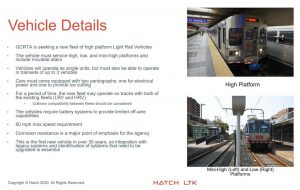 |
| Some of the features of GCRTA’s new rail car fleet are shown here, with many more listed below and, of course, within the RFP issued recently by the transit authority (GCRTA). |
Even after CTS, Shaker Heights Rapid Transit and other systems were united under GCRTA ownership in 1975, the two rail systems continued to operate as if they still had separate owners. That was reflected in GCRTA replacing the Blue and Green line’s trains with LRVs in 1979-81 and the replacement of the Red Line trains with new HRVs in 1984-85. Those two fleets continue to operate to this day.
With the issuance of the RFP, GCRTA requests firms or groups of firms to submit proposals for the new trains by 2 p.m., May 19, 2021. GCRTA will entertain scheduled site visits by prospective bidders to its Central Rail and Maintenance Facility at East 55th and its Brookpark Shop from March 29th through April 9th. GCRTA said it intends to award a contract to the winning bidder in October 2021.
GCRTA requests proposals for the designing, manufacturing, testing, furnishing, delivery and performance testing of 18 high floor light-rail vehicles capable of servicing both nominal 41-inch high platforms and nominal 3.5-inch to 16-inch low platforms with options for up to 42 additional vehicles, GCRTA and its railcar consultant Hatch-LTK wrote in its RFP.
“The work shall also include delivery of data, manuals, drawings, training and support services, spare parts, special tools and diagnostic equipment, which shall be delivered as specified. The contract shall be a firm-fixed-price contract,” the RFP noted.
Among the many specifications in GCRTA’s 1,314-page RFP:
- The new rail fleet must operate across the HRV and LRV systems;
- May use automated “gap filler” apparatus to narrow the gap between train and station platform;
- Train body should be a single car or articulated;
- Must be bi-directional with operator cabs at both ends;
- Offer multi-unit operation in trains of up to three vehicles;
- New fleet’s design should minimize changes to GCRTA’s infrastructure;
- Meet GCRTA dimensional and weight requirements;
- Trains must have a service-proven design;
- Be compatible with GCRTA’s rail signaling systems;
- Comply with “Buy America” requirements;
- Cars must come equipped with two pantographs: one for collecting electrical power from overhead wires and one to provide ice cutting on those wires;
- For a period of time, the new fleet may operate on tracks with both of the existing fleets;
- Collision compatibility between fleets should be considered;
- The vehicles require battery systems to provide limited off-wire capabilities in case of power loss;
- Trains must achieve 60 mph maximum speeds;
- Corrosion resistance is a major point of emphasis for the agency.
All Aboard Ohio said it is looking forward to GCRTA picking the best type of LRV that offers its customers a safe, comfortable and convenient ride. With this investment, projected to exceed $300 million upon full completion of the entire order, Greater Clevelanders will continue to enjoy Ohio’s largest urban rail system.
That system provides Greater Cleveland with superior mobility, environmentally friendly electrically powered transport, access to jobs and services and incentivizes pedestrian-friendly economic development near stations, All Aboard Ohio added.
END

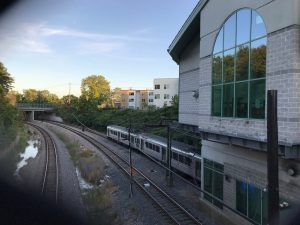
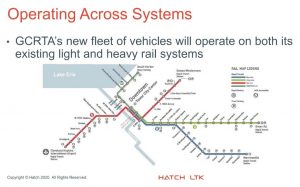

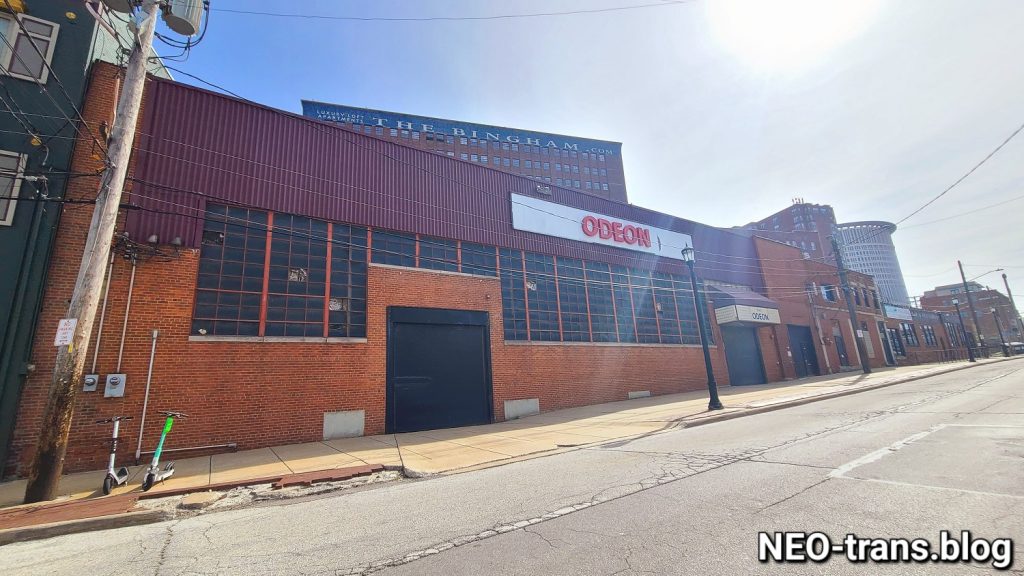
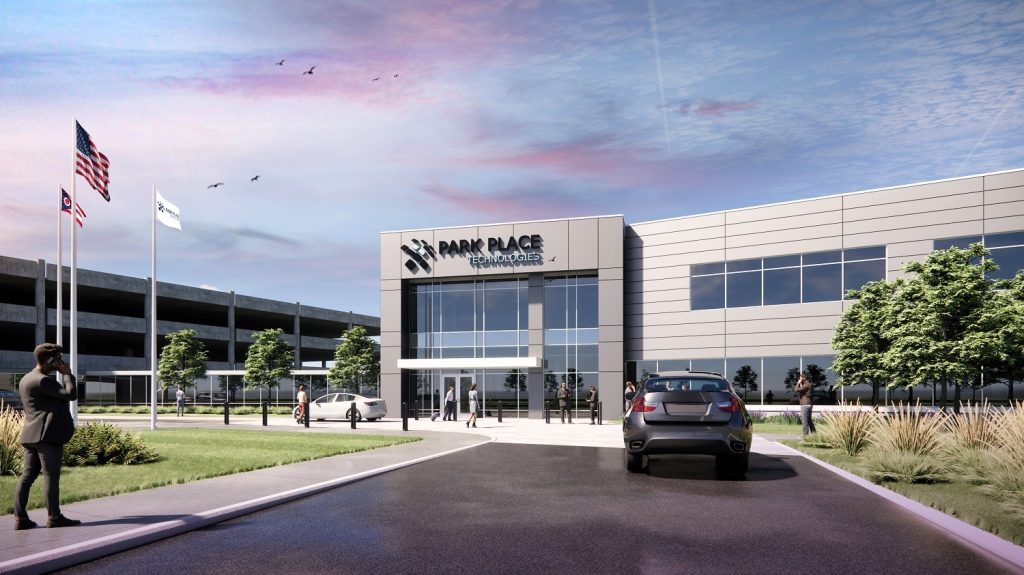
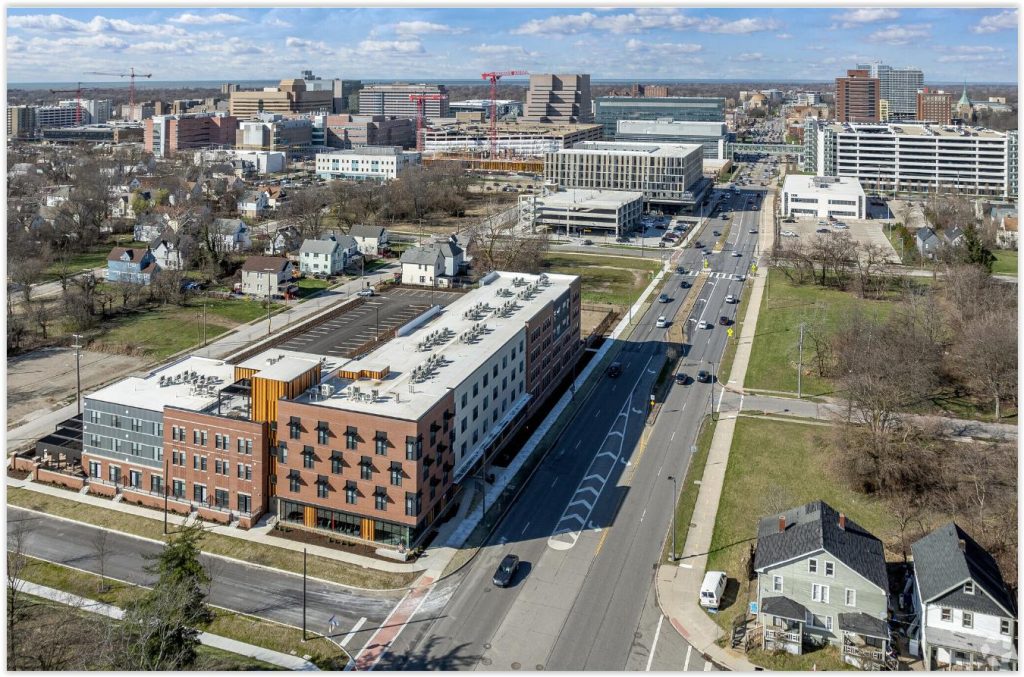
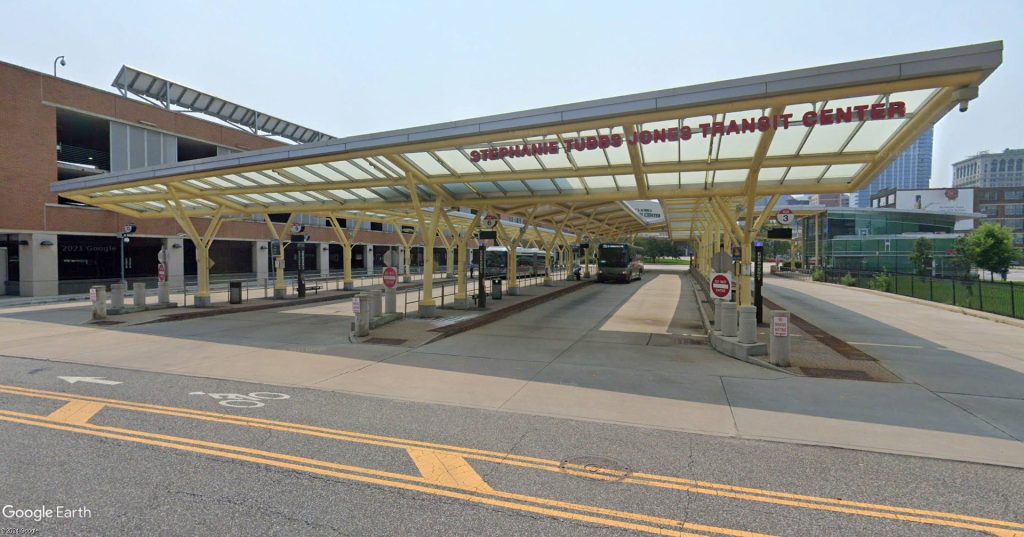
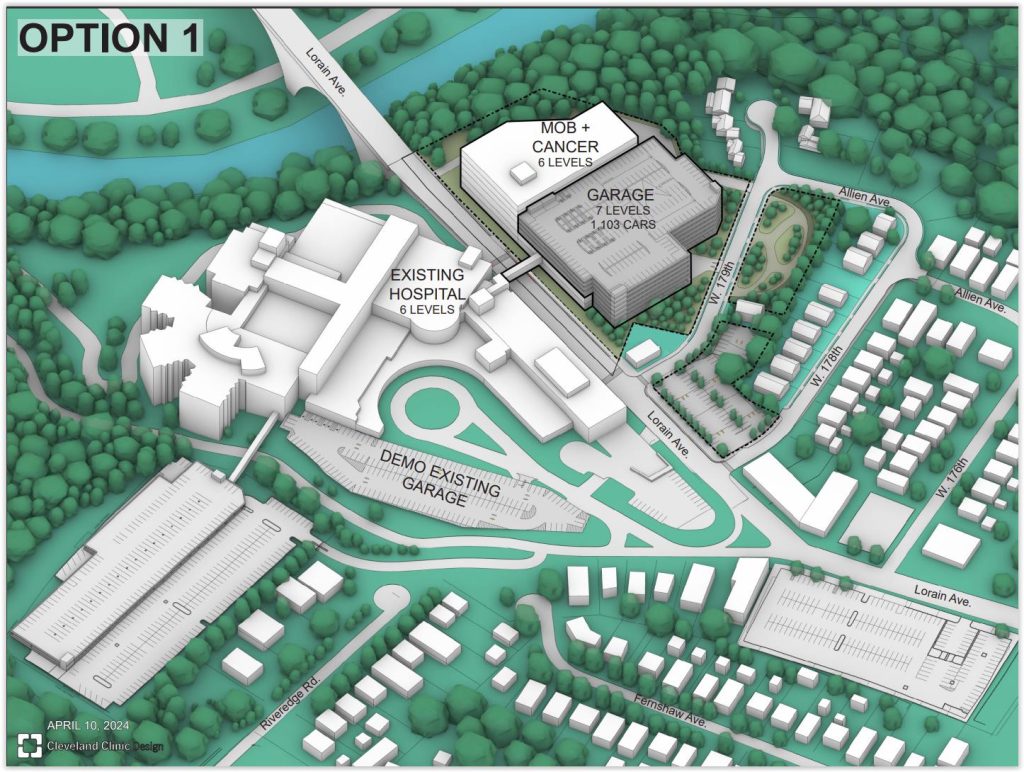
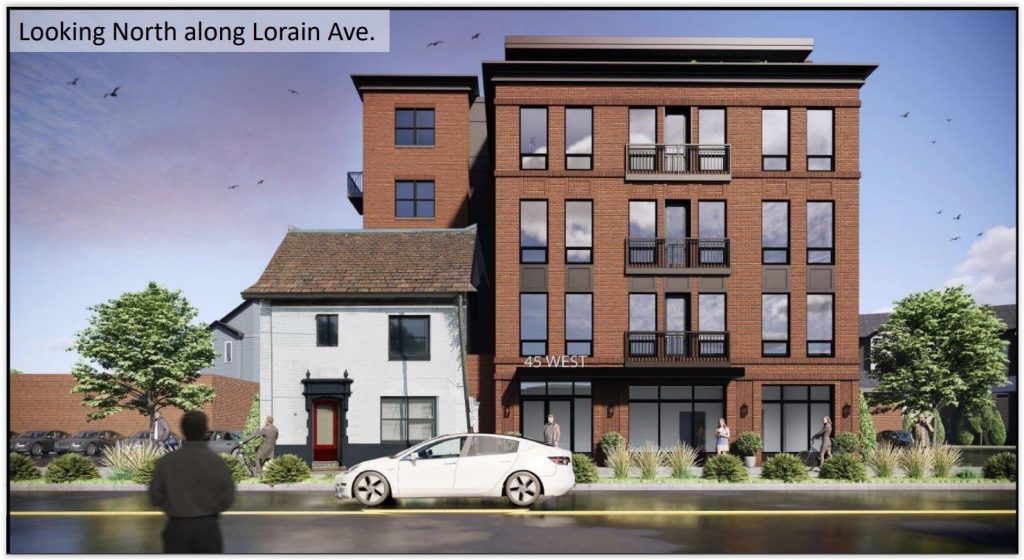
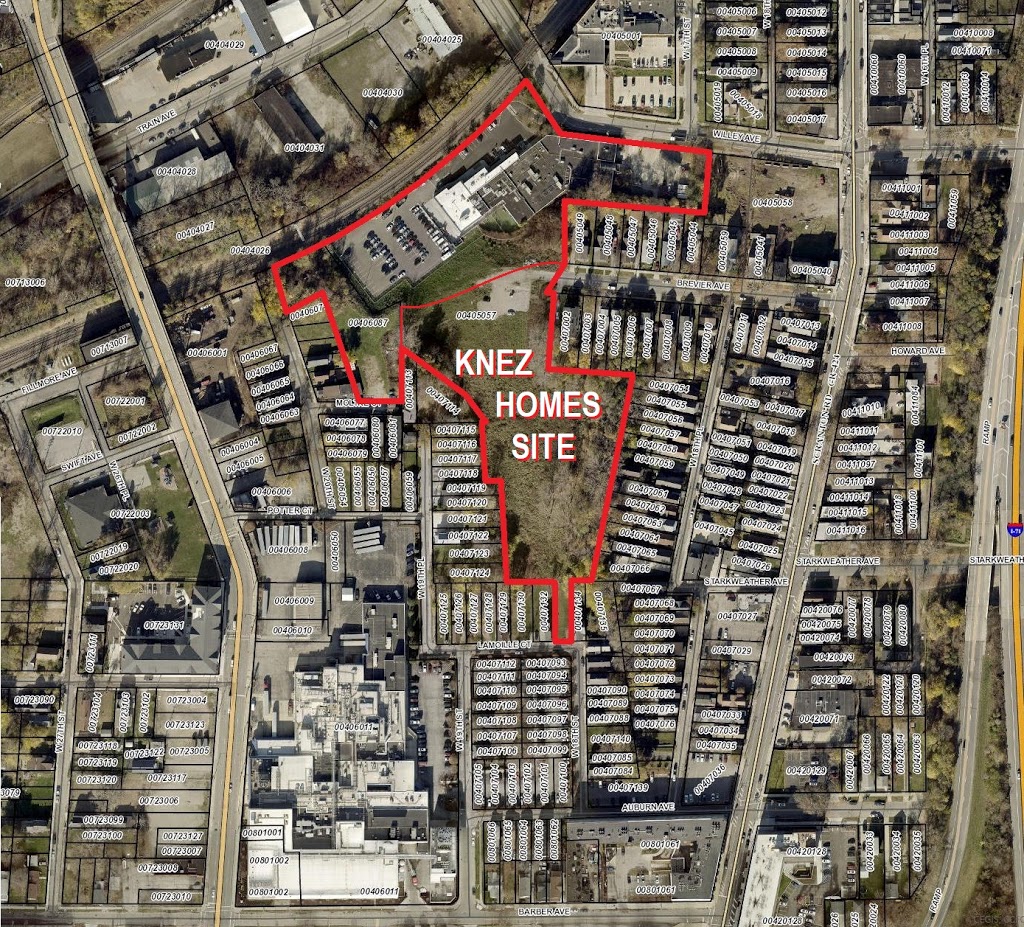
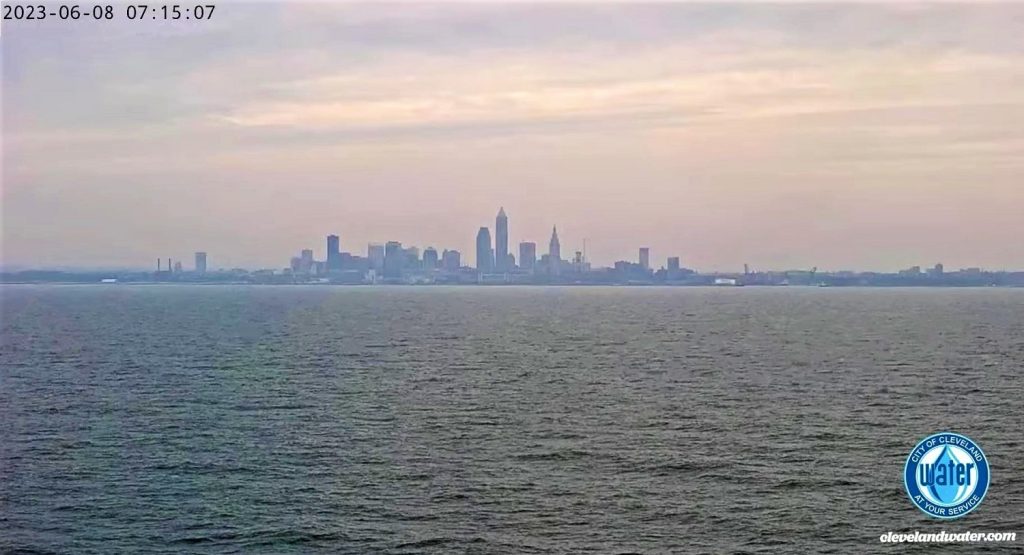
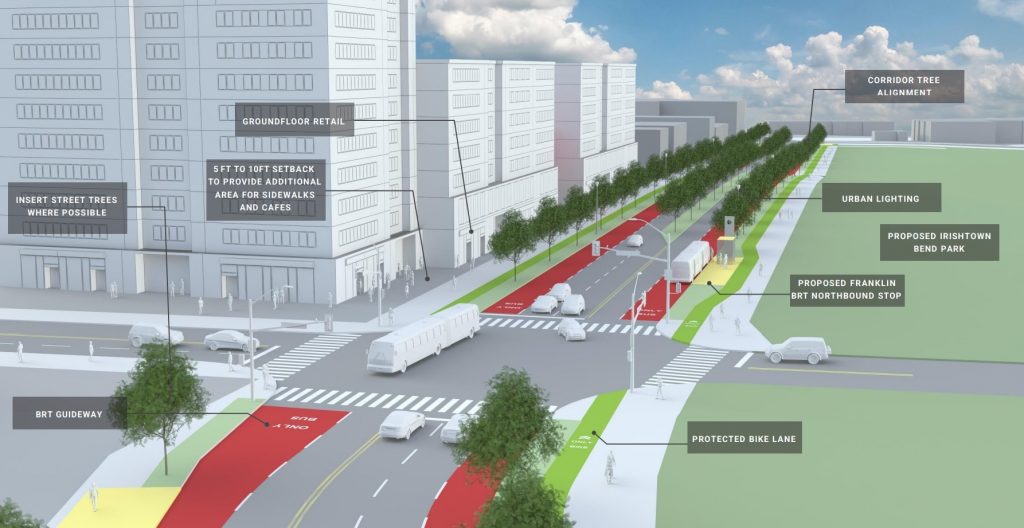
Comments are closed.